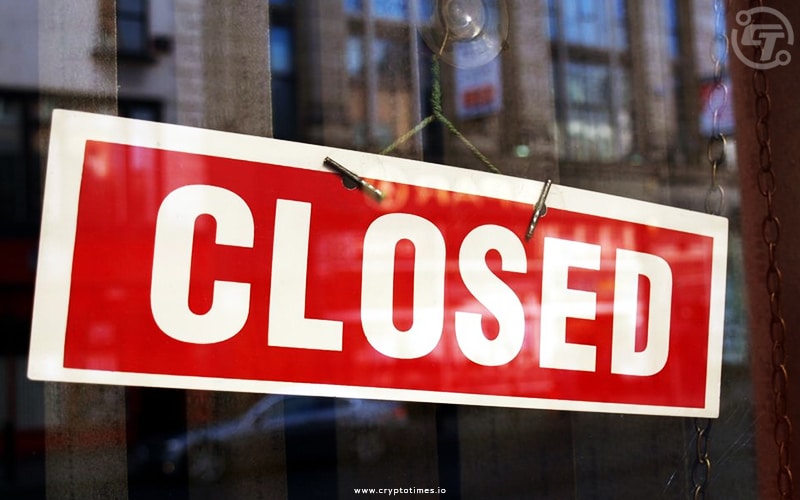The Milk and Mocha cartoon bears, loved by millions for their touching moments, now power a global digital economy through the Milk Mocha Token ($HUGS). This initiative goes beyond launching a token, introducing a fresh and structured economic concept.
The $HUGS presale has received an overwhelming response, with the whitelist close to reaching its limit. Central to this growing attention is a model that creates scarcity from the start. This system ensures that the token supply is already tightening, offering one last chance for those looking to join at the very beginning.
40-Stage Presale Framework
The $HUGS presale follows a 40-stage structure instead of a one-time event. Each stage runs for a week, creating an organized and gradual process. The setup gives early buyers a clear mathematical benefit. The price begins at $0.0002 per token in Stage 1 and rises slightly with every new week.
This method offers full transparency, letting people see how value builds with time. For example, $100 in Stage 1 equals 500,000 $HUGS. By the final round, Stage 40, the price rises to $0.04658496, turning that $100 into more than $23,000 in value. The system rewards early supporters, but the whitelist access is nearly filled.
The $HUGS model includes a rare deflationary feature right inside the presale. It is active now, not a future promise. At the end of each weekly phase, unsold tokens are permanently burned, removing them from circulation completely. This process means the total supply of $HUGS keeps shrinking before its public launch. Scarcity is part of its foundation from day one. Those on the whitelist are gaining an asset that becomes rarer each week, giving early access a real edge as the available supply continues to decline.

A Growing World Around $HUGS
Scarcity in the $HUGS model works alongside a clear focus on real-world use, making it a demand-based system. The $HUGS token acts as the main currency for a self-supporting economy. The plan includes a Milk Mocha Metaverse and gaming platform that uses a “token loop.”
Tokens spent by players are reused across the system. A share goes to a player reward pool, another share is burned, and the rest supports the Ecosystem Treasury for upcoming projects. This setup keeps the economy active while reducing supply. Key drivers of demand include:
- Exclusive NFTs: Limited-edition digital collectibles reflecting the brand’s charm will be available only through $HUGS.
- NFT Upgrades: Owners can burn $HUGS tokens to increase the rarity and value of their NFTs.
- Physical Merchandise: The official store will accept $HUGS for items like plushies and clothing, with some products available only through tokens.
Long-Term Holders Take the Lead
The $HUGS system also aims to reward loyalty, matching the deflationary idea by motivating holders to stay engaged. $HUGS holders take part in more than just ownership; they help shape the project’s direction. A key element is the staking option that offers a fixed 50% APY, with rewards calculated in real time. The model is flexible, allowing users to unstake whenever they wish without penalties.
This makes holding an active part of the economy while lowering the circulating supply. Additionally, holders play a role in governance through the Milk Mocha DAO (Decentralized Autonomous Organization). With “HugVotes,” the community can suggest and decide on key matters. Voting power depends on how much $HUGS is staked, giving long-term holders a stronger voice. The community also helps guide marketing plans and chooses charitable efforts to support.

The Start of a Deflationary Era for $HUGS
The Milk Mocha ($HUGS) project links a beloved global brand with a carefully built token economy focused on controlled scarcity from the beginning. Through the weekly burn system in its presale, the supply keeps shrinking stage by stage.
Rather than a rushed release, it follows a structured 40-stage process that limits supply as it grows. With the exclusive whitelist for the presale nearly full, entry at the earliest stage is about to close. For those who recognize the value of a community-run project where supply is designed to decline, this is the moment to act before the initial phase ends.
Explore Milk Mocha Now:
Website: ??https://www.milkmocha.com/
X: https://x.com/Milkmochahugs
Telegram: https://t.me/MilkMochaHugs
Instagram: https://www.instagram.com/milkmochahugs/






